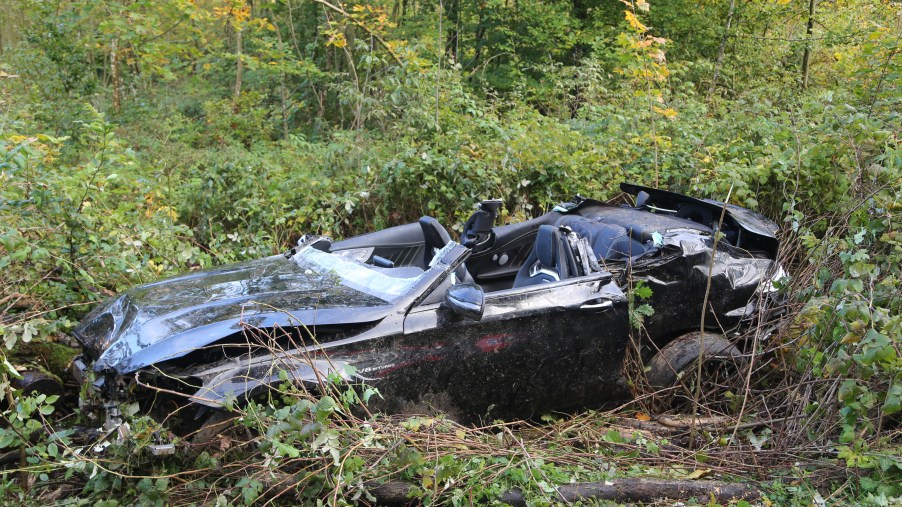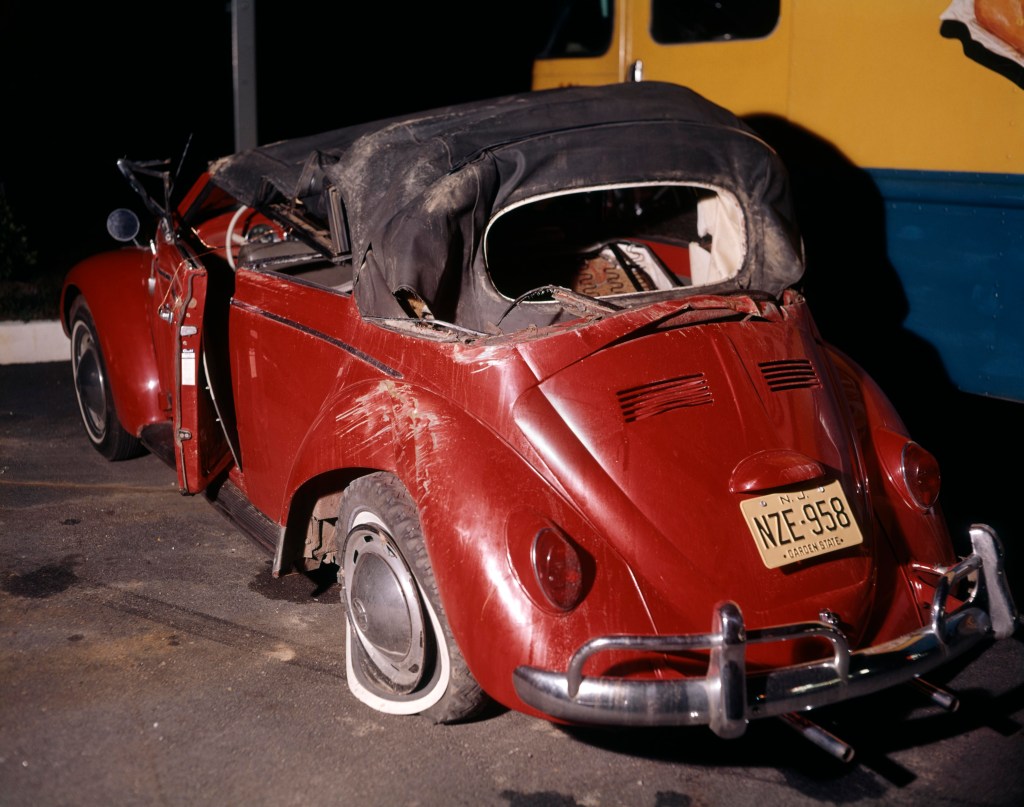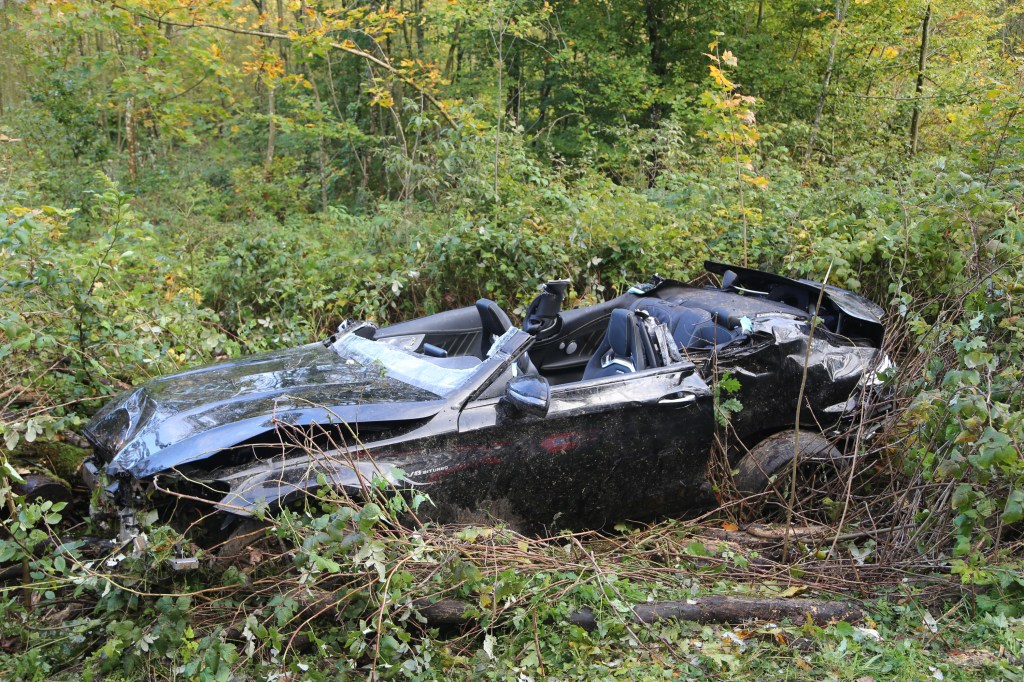
Convertibles Are “Statistically Safer” Says Insurance Institute: What?
The Insurance Institute Of Highway Safety says you’re safer in a convertible than you are in its fixed-roof counterpart. Statistically, anyway. So let’s be clear; convertibles may be “statistically safer” in actual use but they don’t offer more protection to drivers in a roll-over. Also, the likelihood of the driver or passenger in an accident being ejected in a convertible is, ah, a lot higher. There are a set of unique circumstances that give convertibles a statistical advantage.
Eric Teoh is the IIHS author of the study. He based his conclusion around one- to five-year-old vehicles, both coupes, and convertibles, driven in 2014-2018. The statistics showed that convertibles were involved in 6% fewer police-reported accidents per mile traveled than comparable coupes. Also, driver fatality rates were 11% lower in a convertible.
Convertibles are driven less aggressively to help take in your surroundings

There are multiple reasons why the numbers skew this way. The IIHS study speculates that convertibles are driven less aggressively to be able to take in your surroundings. Also, convertibles are probably less likely to be used in bad weather. We can also speculate a bit based on convertibles being more expensive. Buyers would tend to be older since theoretically, they have the extra dough to spring for a convertible. Older drivers usually are safer drivers because they have more stupid out of their systems as they age.
Convertibles have always been heavier and jiggly by nature. Extra gussets and frame support only partially compensate for the loss of structural rigidity without a top. And cowl-shake is not conducive to better handling. If you’re the type that likes to blast up Mulholland Drive at night you probably own a coupe or sedan.
Having a steel, fixed roof over your head makes it safer than canvas

But let’s be real; having a steel, fixed roof over your head provides more protection than canvas. Especially, with today’s cars having such thick A- and B-pillars you know there is added protection. The NHTSA has even added roof-crush tests in their phalanx of accident testing.
But all convertibles and rigid retractable roofs are exempt from roof-crush requirements due to the assumption of risk. In other words, you know when you enter a convertible that your likelihood of injury or death is higher because there is only fabric or air above your head. The Insurance Institute report even states, “convertibles have remained a low priority from the testing program due to their small sales volumes.”
The good news is that with today’s technology many convertibles have integrated either a fixed rollbar or one that engages if sensors detect an imminent accident. So have no fear. Go ahead, enjoy getting your face blown and hair tangled in knots. Take in the smells from car exhaust and sewer gas wafting up from manhole covers. Ignore those bugs in your teeth. Based on the statistics you’re as safe in your convertible as in anything else.



